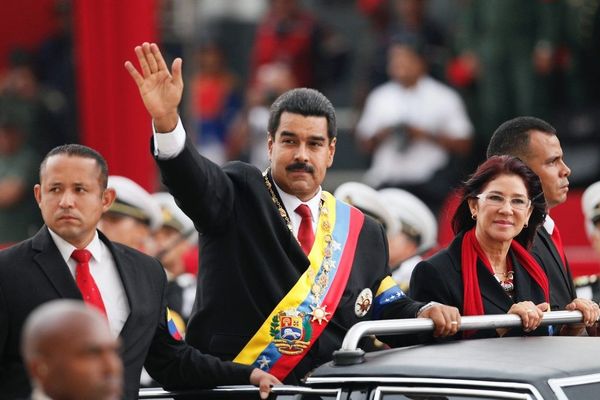Since Russia’s “pivot to the East” was launched amid great fanfare in 2013, much commentary has been devoted to its significance, its scale, and indeed what if anything has actually happened beyond the official rhetoric.
I have been commuting between Russia and China for the last two years for my own business, and during this time I have learned to discount the majority of what I read (from all sides) about the state of Russia-China business relations. It rarely reflects what I see in reality.
As is so often the case, when it comes to discussion of Russia-related issues in the world, opinion tends to be firmly polarized, with neither side particularly inclined to consider the existence of a middle ground.
In the case of Russia-China business relations, there are essentially two camps: those who proclaim “Russia-China” as the future, and those who are determined to argue the reverse. The more fact-agnostic Russian state media tell us everything is going as planned, whereas their Western counterweights tell us that it is not.
In fact, trying to arrive at a single verdict on the state of Russia-China business relations is unhelpful, as it encourages broad-brush, black and white painting at the expense of the more diverse and nuanced reality.
Russian companies were told to aggressively pursue China links and to maximize publicity of any possible China deals. In many cases, this led to hollow publicity with no substance – it was about creating an appearance. But in some cases the publicity was actually true. Look at Detsky Mir, Russia’s iconic children’s goods retailer (its own Toys R Us, only with better growth), who raised equity finance from China earlier this year.
And in fact, a number of Russian companies have been doing some pivoting of their own for many years; just without fanfare. Look at ILIM, Russia’s largest pulp and paper business that this year will celebrate 20 years of doing business in China.
Now, we have seen an awful lot of memorandums of understanding (MOU), many from large state companies, and many of them rather meaningless. See the raft of MOUs signed during President Xi Jinping’s visit to Moscow for the Victory Day celebrations last year. Whether and how any of these agreements will actually come to fruition probably wasn’t the point.
But not all agreements at the state level were theatre alone. In oil and gas, for example, Russian President Vladimir Putin – not normally one to welcome foreigners with open arms into strategic industries – said “there are no limits for our Chinese partners.” And he may have meant it. And while the jury is still out on Gazprom’s vaunted supply deal, Chinese investment into Russian energy assets has been forthcoming, for example into Yamal Peninsula.
Anyway, the big official – and somewhat theatrical – examples of “business cooperation” have tended to push less showy (but more real) examples of genuine bilateral rapprochement into the shadows. Another state company, VTB Bank, has had a presence in China for years, and in addition to helping Russian companies like retailer Sportsmaster to enter the Russian market, it has been quietly building up its own presence in the Chinese capital markets.
Russia’s premier trading platform, Moscow Exchange (MOEX), has also been building up its portfolio. CNY RUB trading has exploded. Last year, we saw the Shanghai debut for the Moscow Exchange Forum series of conferences. Earlier this year, the exchange announced the appointment of a “Sherpa," Caderus Capital, to develop links with Chinese investors and issuers.
Amid a generally challenging year for Russian aviation, Aeroflot has seen a sharp increase in traffic to and from China.
In e-commerce, Chinese suppliers now dominate the Russian market for cross-border sales, and most of the major Chinese e-commerce players have a presence in the country.
And the list can actually go on.
Now, in absolute terms, cross-border trade and investment flows between Russia and China are still low. And Russia is still to fully make its case to the Chinese investment community as a whole. (And to be fair, the Russian investment case of the last two years has required a degree of imagination).
Can the business relationship develop from here? There are easily as many obstacles as there are opportunities. This includes real political pressure and posturing from all sides. I have heard anecdotally that Chinese banks and institutions have been cautioned by their Western friends not to hurry in to Russia to save the day. Something which has given some of them pause for thought.
But the reality is that if you put the geopolitics, the MOUs, and the theatre to the side, you see that real things are actually happening.
Requirements for the business relationship to develop further include, in the first instance, time. As the Dutch say, the Chinese are not the types to risk skating on ice that is only one night old. Fortunately Russia has a lot of ice. So I am optimistic about the direction.













